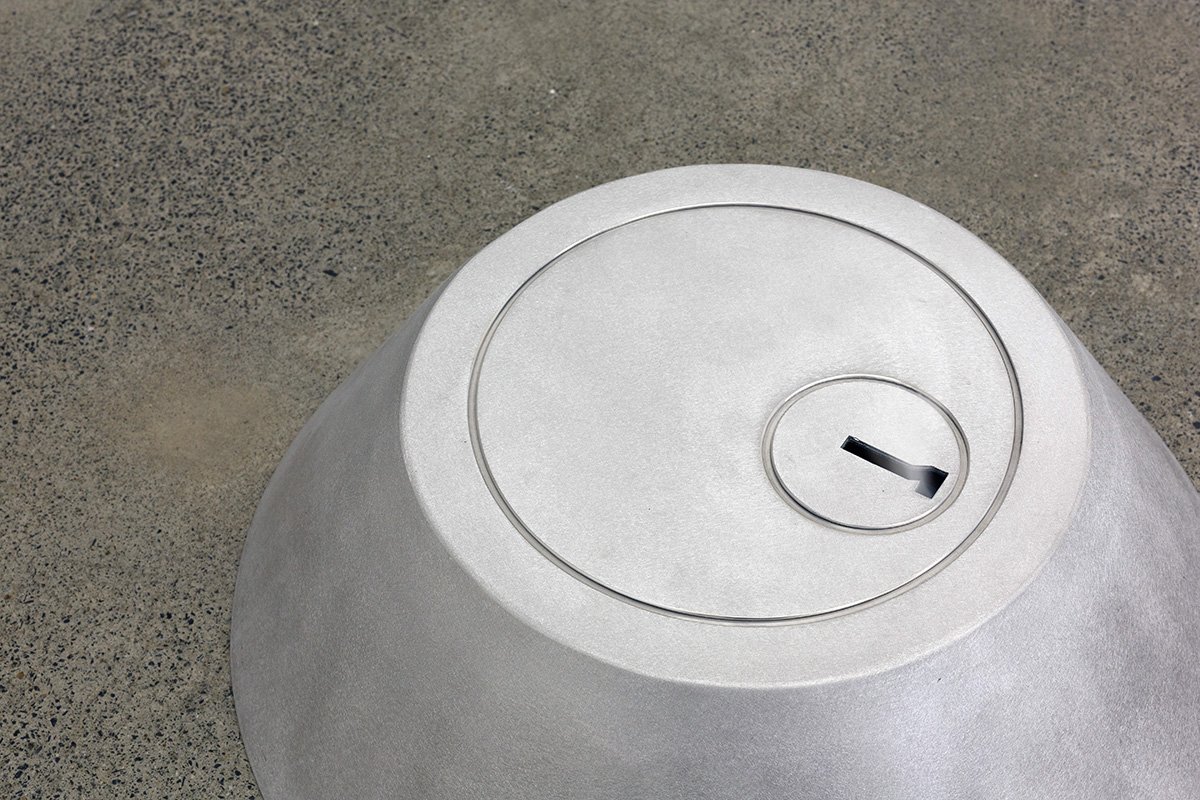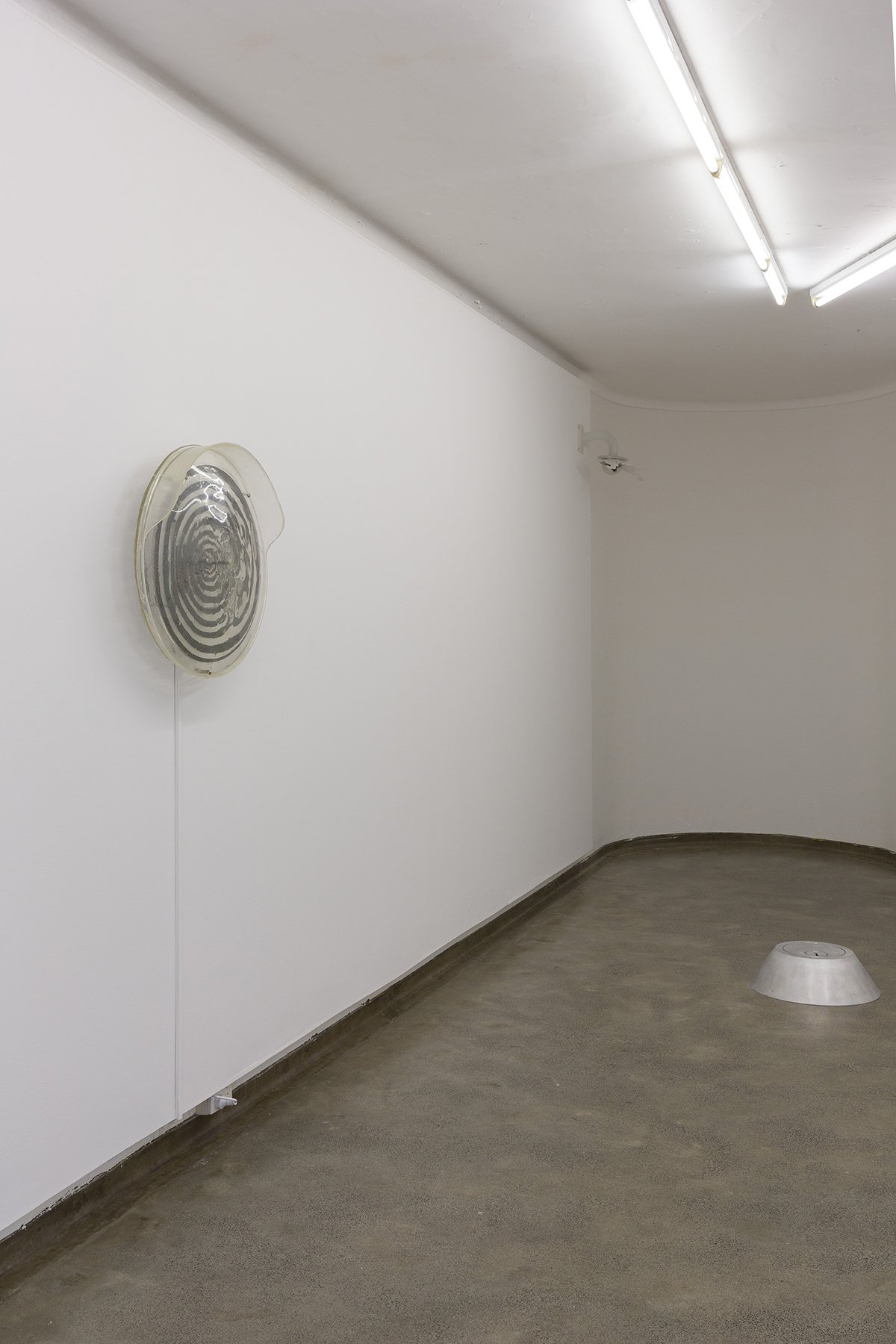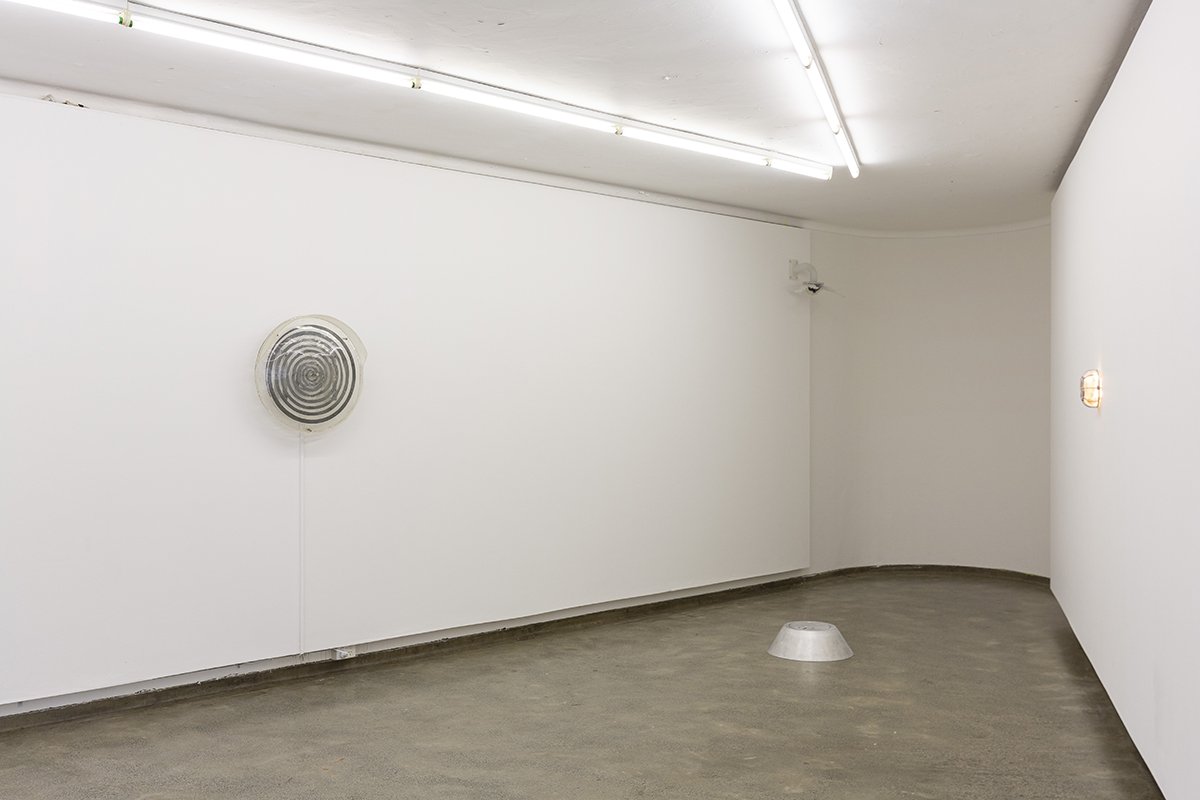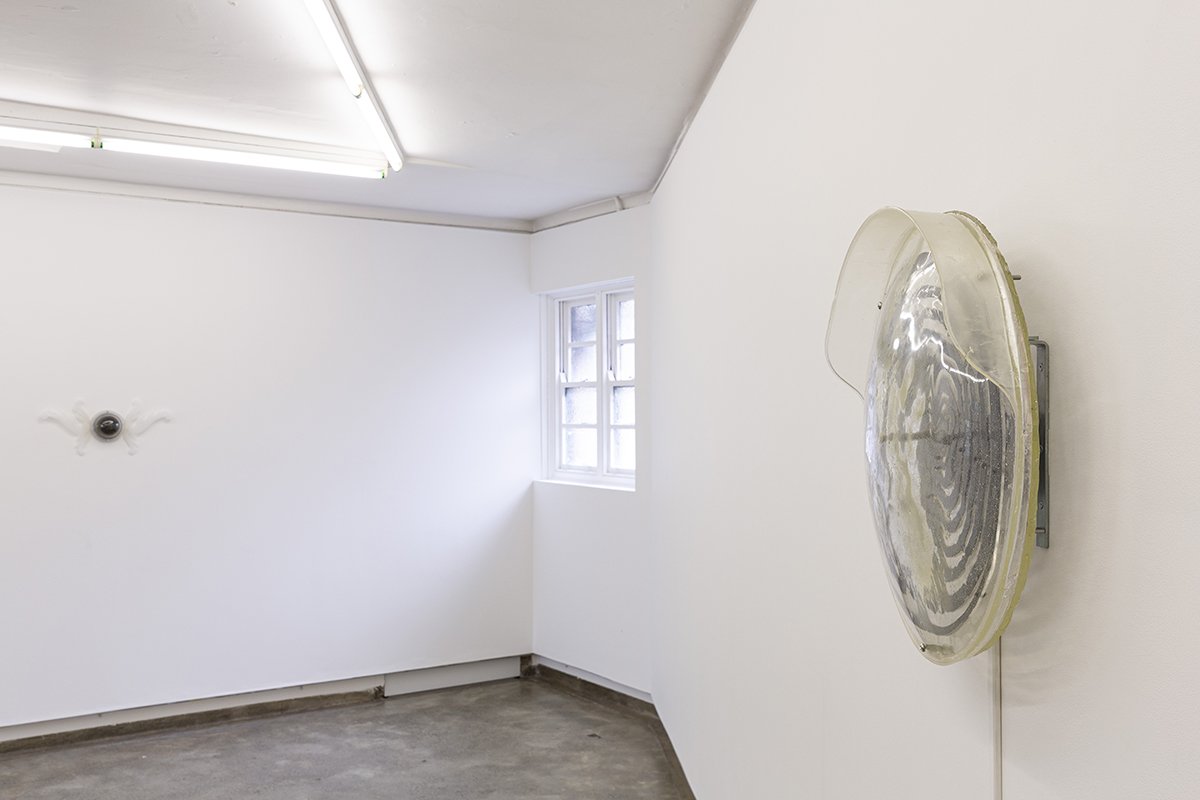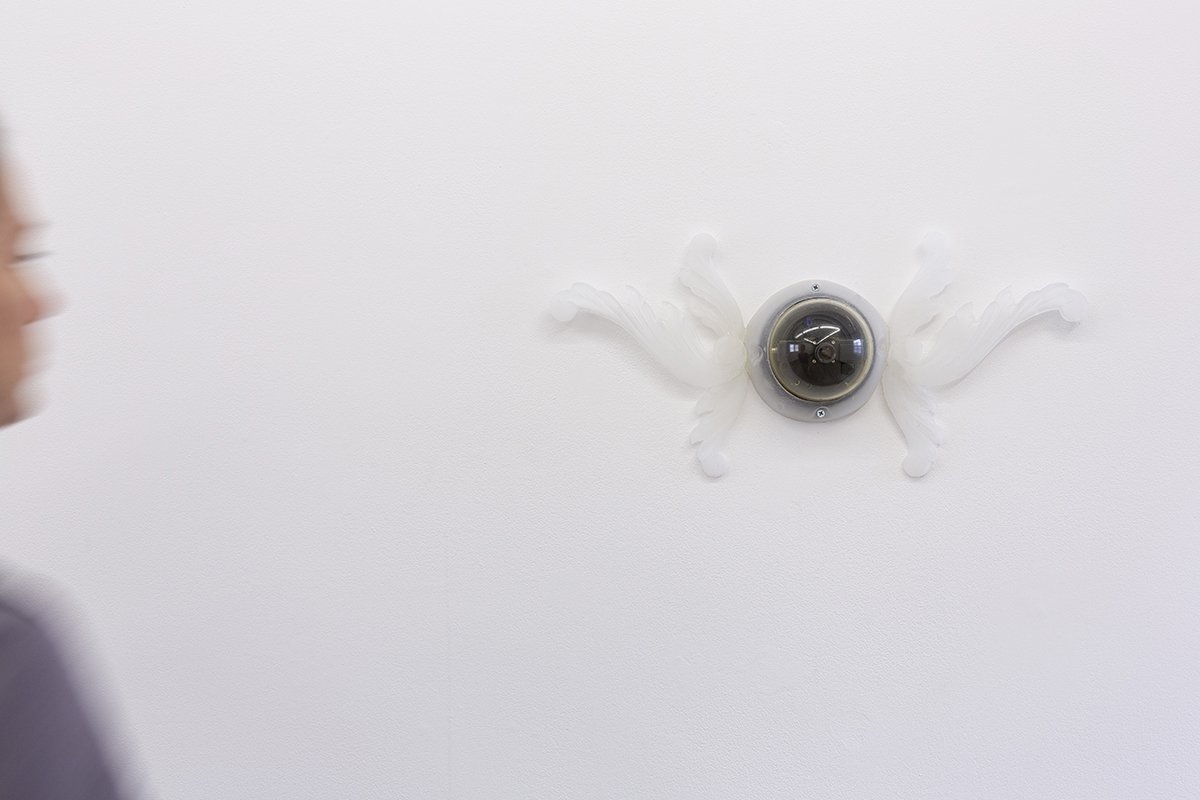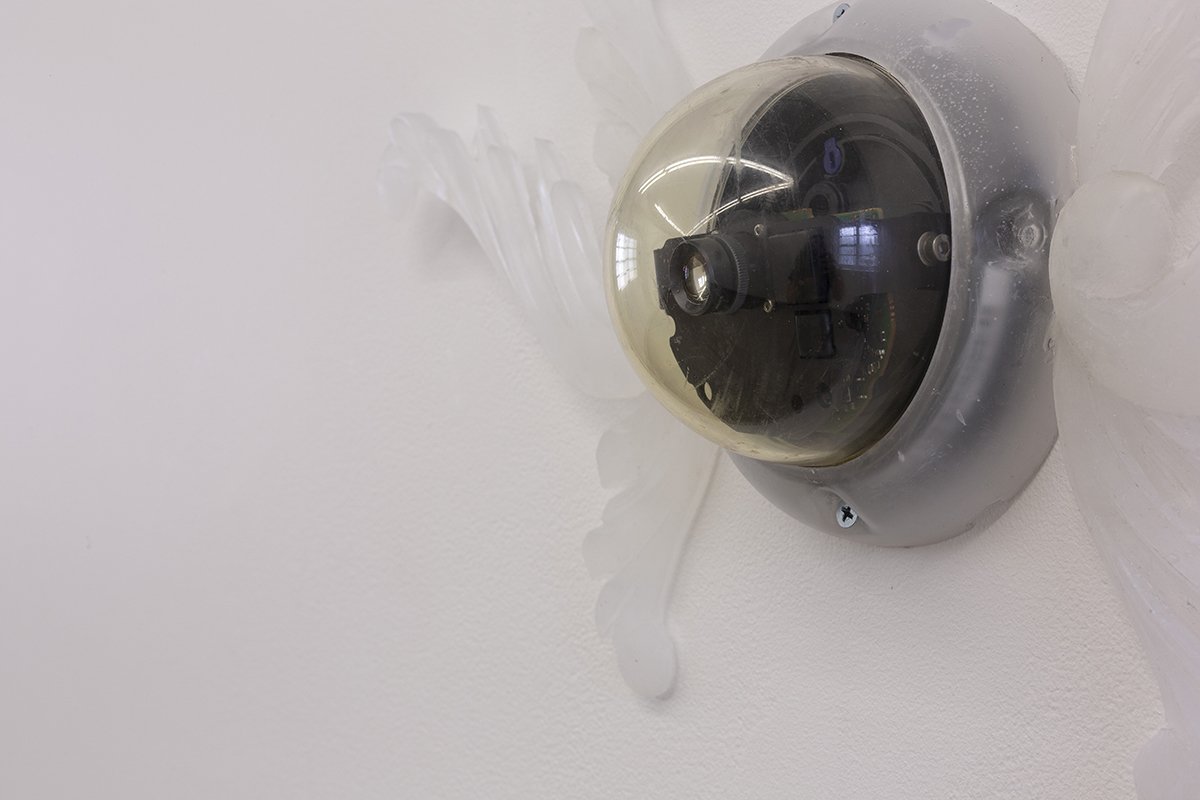Telesm
Shaye Dương
Gallery 2
view the roomsheet
We exist in parallel to the built environment. Our movements are marked by the banal, yet powerful geometries of urban architecture. Pedestrians follow the footpath of a familiar circuit and remain close to orbs of fluorescent light along dark streets at night. We repeat the commands of architectural structures through ritual actions, such as keeping to the left or turning a key clockwise.
Such practices could be thought of as monotonous processes of habitualised un-thinking. The rituals prescribed by divine authority, in contrast, are believed to be a tool to bridge the profane and the sacred. Within our cycles of movement is a sense of predictability, so can the sublime still be experienced within monotony? Simone Weil described monotony as the most beautiful or the most atrocious thing, noting that “the circle is the symbol of monotony which is beautiful, the swinging of a pendulum of monotony which is atrocious.” Historically and culturally, the circle has also been considered a symbol of unified perfection, infinity, and the deity; so naturally, the perfect circle does not exist in material reality.
As such, rituals of movement in and around the built environment are prescribed by higher means – the architectural structures that both permit and obstruct. In Telesm, objects endemic to the urban landscape are reimagined as talismanic artefacts that promise protection and guidance within the urban landscape. Through spatial exploration of the psychic terrain of the urban landscape, Telesm constructs a space of contradictions; both internal and external, accessible yet obscure, physical yet spiritual.
Presented by Firstdraft in partnership with Adelaide Contemporary Experimental.

